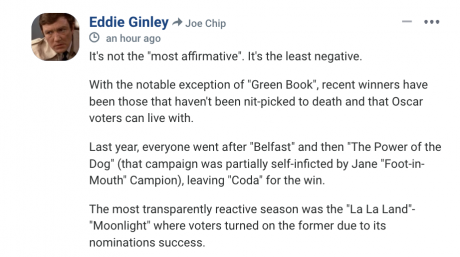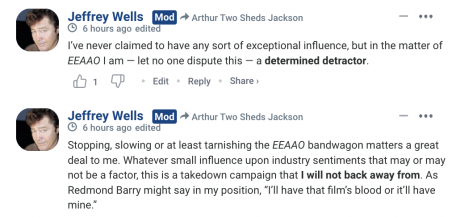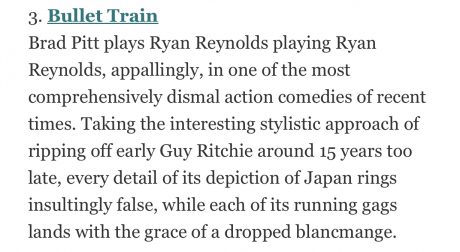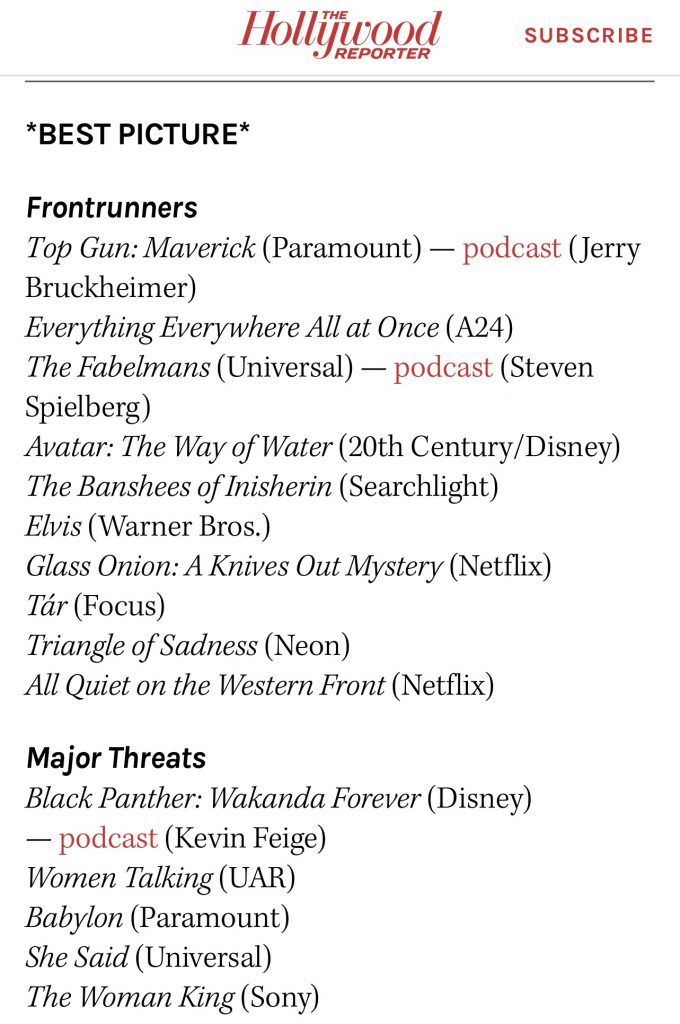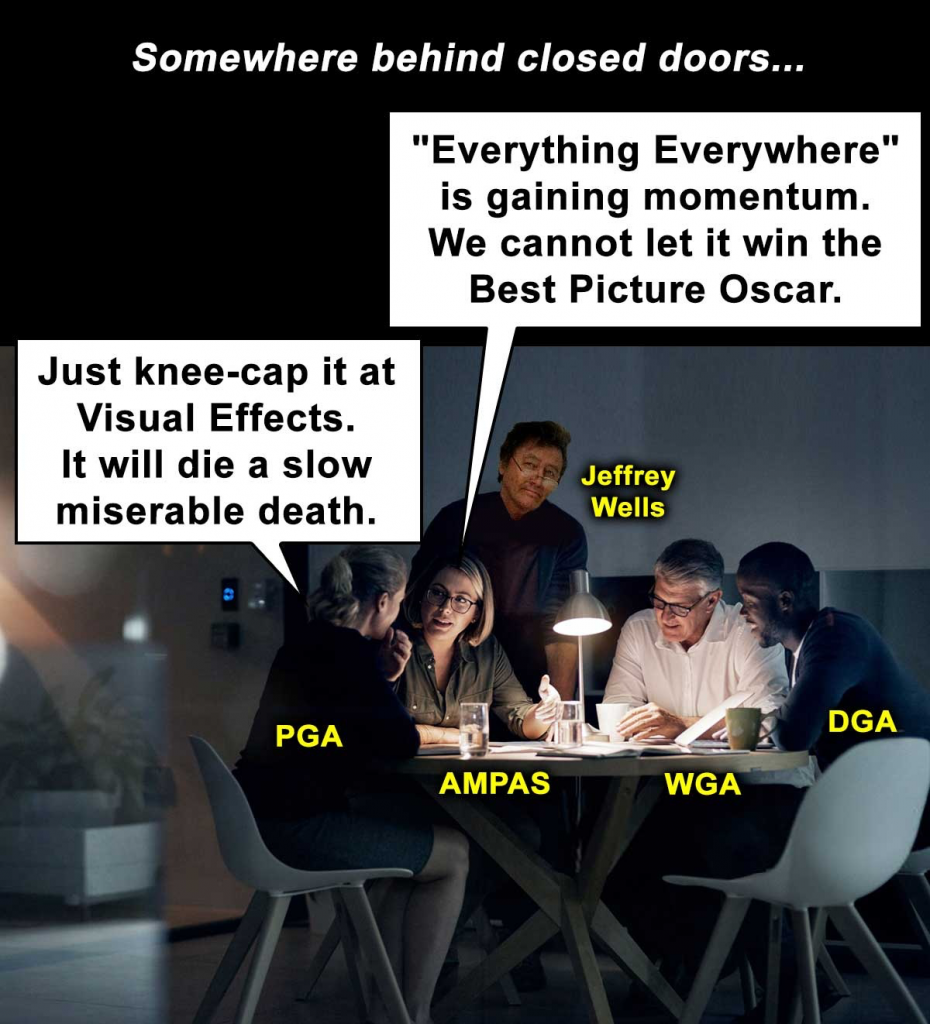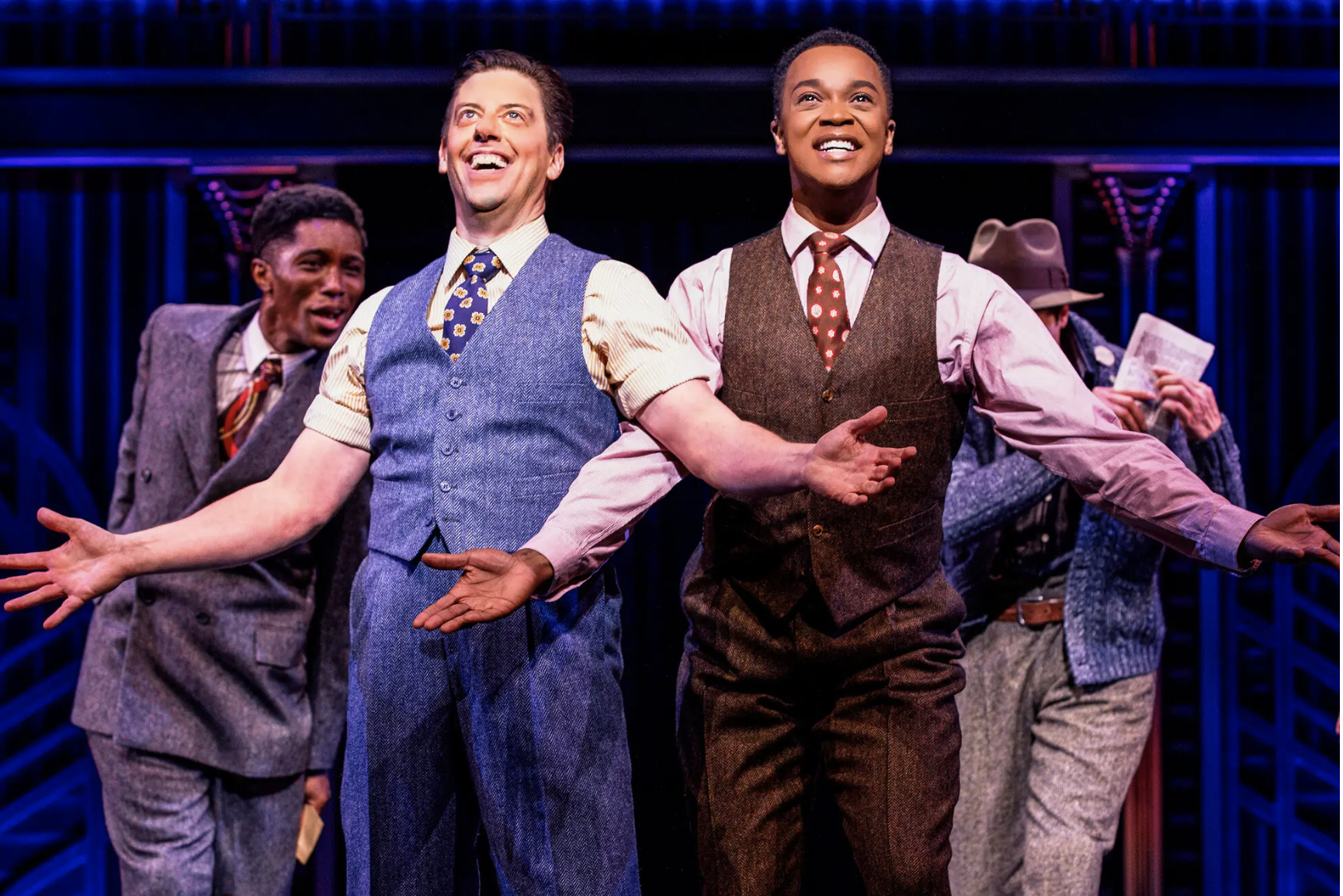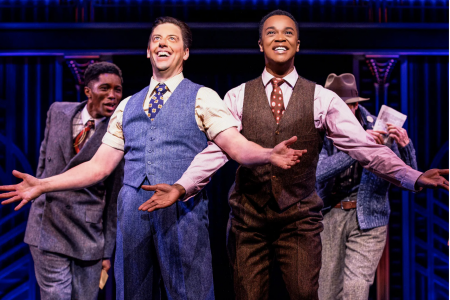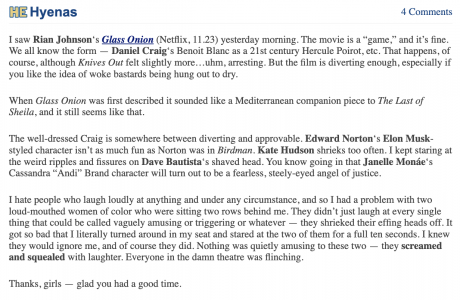One of my favorite HE rants, originally posted on 8.1.14 and titled “Please Stop Being Overly Impressed By Smiles, Kindness and Consideration…Please“:
During August or September of 2013 Jon Stewart‘s Rosewater shot footage in Jordan, and in preparation for this costumer Phaedra Dadaleh, a well-established professional in that region, was hired. On 9.11.13 Dadaleh told a Rosewater promotional site that she was “nervous” meeting Stewart, but her concerns quickly evaporated. “He’s just the most amazing, friendly, down-to-earth kind of guy,” she said. “He just got up, gave me a big hug and immediately made me feel at ease.”
That’s cool, Phaedra, and good for you, Jon. But people on movie sets have been saying the exact same thing about major above-the-line types for at least a century if not longer, and they never get tired of saying it. Time marches on and they just won’t stop wetting their pants when name-brand people are as kind and gracious and friendly to them as regular Joes are to each other in the outside world. It’s always “I was afraid this famous hotshot might be brusque or snide or otherwise a dick or a bitch, but he/she was totally the opposite…and he/she made me feel so good.”
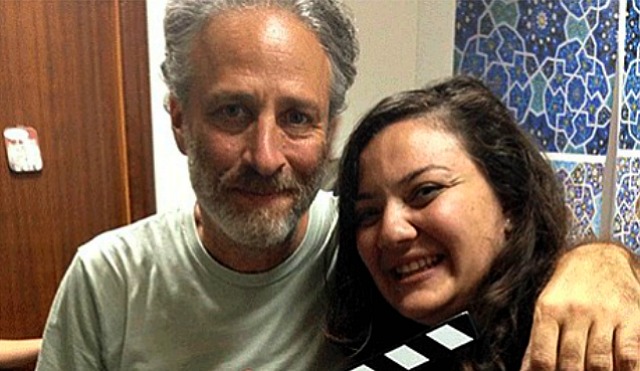 Rosewater director-writer Jon Stewart, costumer Phaedra Dahdelah during 2013 filming in Jordan.
Rosewater director-writer Jon Stewart, costumer Phaedra Dahdelah during 2013 filming in Jordan.I know the feeling, and I’m not saying that many above-the-liners — Jon Stewart among them, I’m sure — aren’t really nice to begin with. But one of the main reasons that bigtime showbiz types have made it to the top is that they’re really good — practiced — at putting on that warm, kind and affectionate face when the situation calls for it.
And one atmosphere in which you’re almost guaranteed to receive warmth and love and hugs is one in which people are always alpha-vibing each other to death from the early morning into the wee hours until it’s coming out of their ears — i.e., a fucking movie set.
People loving and kissing and hugging each other like mad. Hugs, backrubs, bon ami…and every fucking joke and one-liner is either hilarious or very funny or at least somewhat funny. A lot of people do the monkey submission thing by slapping their thighs and bending over and staggering backwards when they laugh at other people’s jokes on movie sets. I’ve been visiting sets all my life, and sometimes I wind up smiling so much that my facial muscles are aching after four or five hours.

